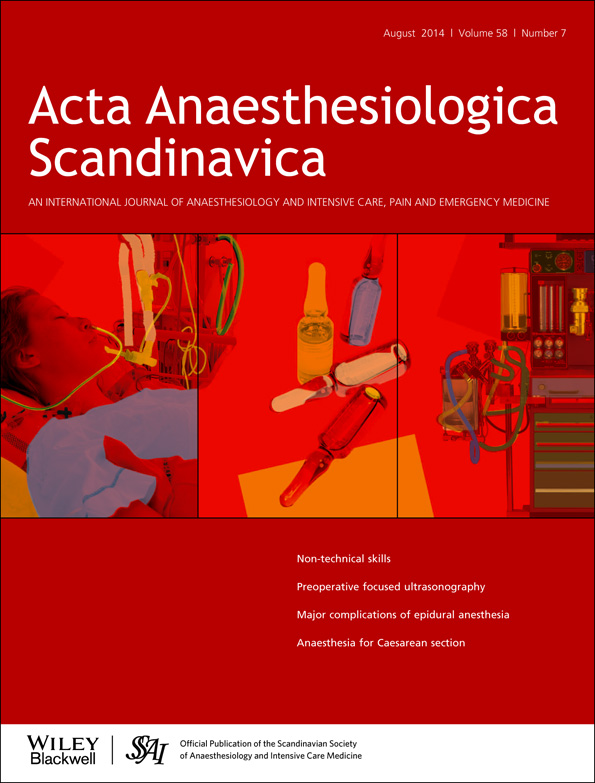Anesthetic practice for Caesarean section and factors influencing anesthesiologists' choice of anesthesia: a population-based study
Abstract
Background
We examined the change in anesthetic practice for Caesarean section (CS) during the past decade and determined factors influencing anethesiologists' decisions.
Methods
The cases were identified from data retrieved from Longitudinal Health Insurance Database released by the Taiwan National Health Research Institute in 2008. Trend analysis was performed using logistic regression models. The decision tree analysis was performed using the chi-squared automatic interaction detector method and multivariable logistic regression analysis was performed to identify predictors of general anesthesia.
Results
A total of 25,606 women undergoing CS were studied. Logistic regression analyses revealed an upward trend of spinal anesthesia from 2000 to 2008 [57.8–67.5%, adjusted odds ratio (OR) = 1.06, 95% confidence interval (CI) = 1.05–1.07, P < 0.001] and a decreasing trend across time for both general and epidural anesthesia (5.5–3.9% and 36.7–28.6%; both OR < 1, both P < 0.001). Patterns of change in anesthetic practice across time for emergency and non-emergency CS were similar (all P < 0.05). Our data further demonstrated that early or threatened labor, a history of preeclampsia, antepartum hemorrhage, emergency CS, and previous CS were important predictors that influenced the anesthesiologists' choice of general anesthesia versus neuraxial anesthesia for women undergoing CS.
Conclusions
Spinal anesthesia was the most common mode of anesthesia for CS deliveries in Taiwan during the past decade. Early or threatened labor, antepartum hemorrhage, emergency CS, previous CS, and preeclampsia are significant determinants of general anesthesia in CS deliveries.




